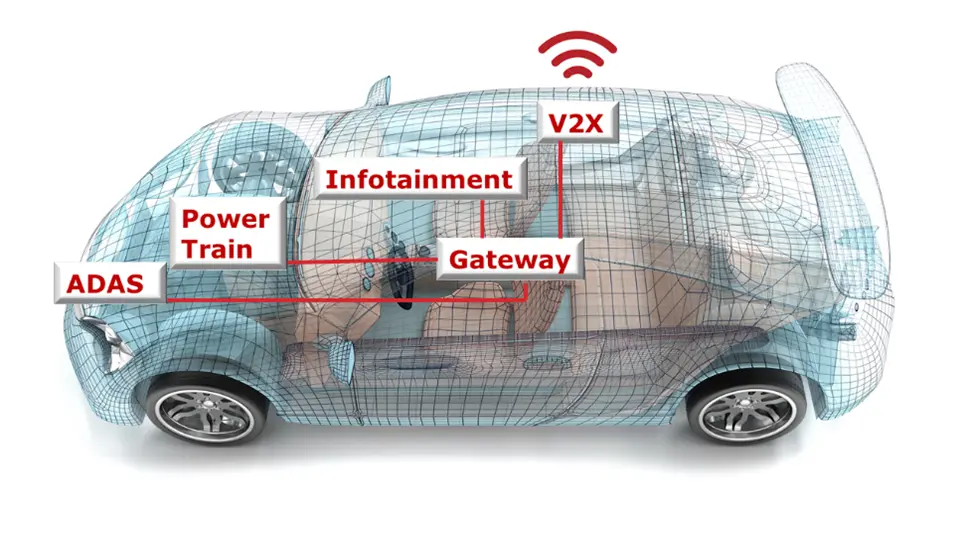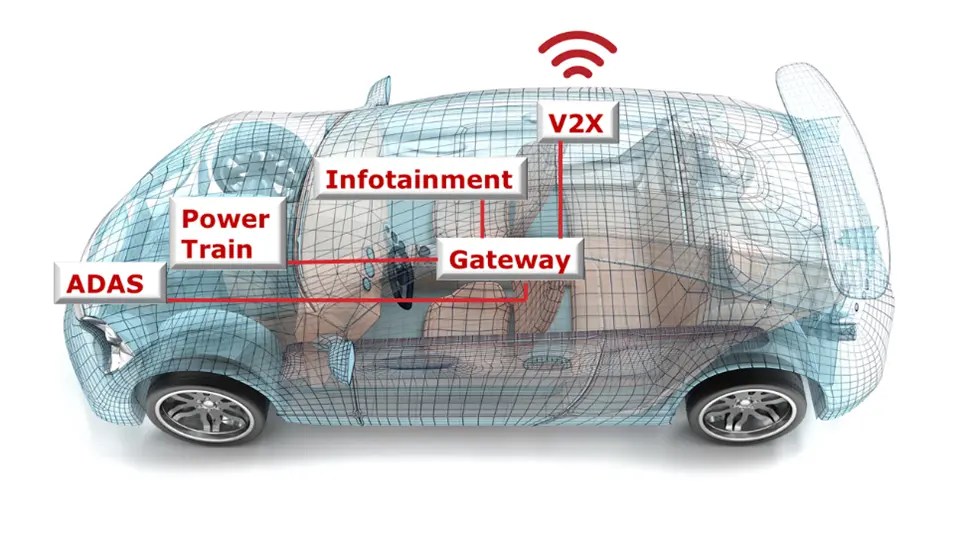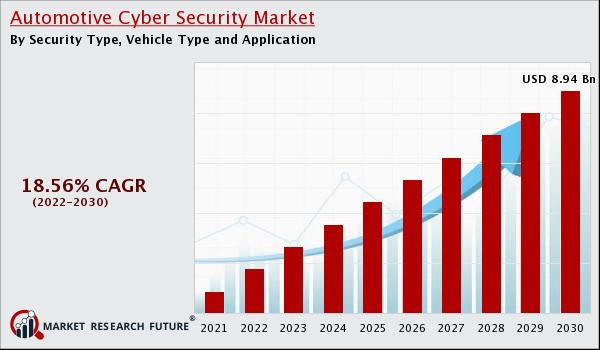Ethical Hackers Hack into $1.323 Million Worth of Vulnerabilities at Automotive World

The event was dedicated to discovering and fixing digital security vulnerabilities of connected cars to protect the cybersecurity of vehicles. Specifically, 17 white hat hacker team and individuals from nine countries participated in a total of over 50 entries both remotely and on-site in four categories:
- Tesla
- In-Vehicle Infotainment (IVI)
- EV Chargers
- Operating System
The participants competed for cash and prizes worth US $1,323,750. A total of 49 unknown security vulnerabilities (zero-day vulnerabilities) were discovered by the participants over the three days. To win, participants had to take advantage of newly discovered vulnerabilities to attack target systems and devices and execute arbitrary instructions. The event was not only about prestige and competition between the best white hat hackers on the scene, but also about collaboration within the automotive industry and with external IT cybersecurity experts to make the entire industry safer.
VicOne’s parent company, global cybersecurity leader Trend Micro™, co-hosted the event through the Zero Day initiative™ (ZDI), the world’s largest vendor-agnostic bug bounty program. Electric vehicle manufacturer Tesla, as the main sponsor of the event, put its own products to the test including a modem, infotainment system, and Model Y vehicle. Individual hackers and hacking teams from countries including the USA, Vietnam, Japan, the UK, Hungary, the Netherlands, France, and Germany took part.
The winning team Synacktiv from France came away with a total profit of US $450,000, and now holds the title of “Master of Pwn.” With a total profit of US $177,500, the German fuzzware.io team took second place. The hackers from fuzzware.io targeted the Sony XAV-AX5500 and the Alpine Halo9 iLX-F509 in the In-Vehicle Infotainment (IVI) category, as well as the ChargePoint Home Flex, the Autel MaxiCharger AC Wallbox Commercial,…




